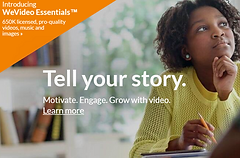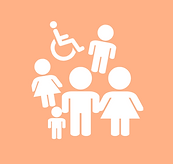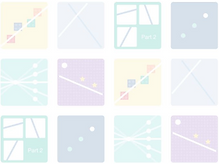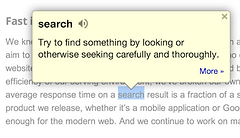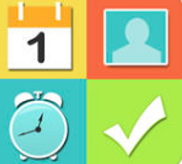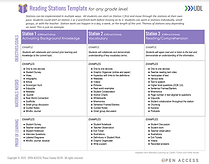UDL Resource FlipKit
The instructional strategies and tools provided are aligned with UDL Principles and organized accordingly. Keep in mind that many resources can support multiple UDL Guidelines and Considerations, depending on the lesson's goals and the barriers you aim to address. To explore the UDL Framework more deeply, visit the CAST website.

Welcoming Interests & Identities Optimize choice & autonomy Optimize relevance, value & authenticity Nurture joy and play Address biases, threats, and distractions Sustaining Effort & Persistence Clarify the meaning and purpose of goals Optimize challenge and support Foster collaboration, interdependence, and collective learning Foster belonging and community Offer action-oriented feedback Emotional Capacity Recognize expectations, beliefs, and motivations Develop awareness of self

Perception Support opportunities to customize the display of information Support multiple ways to perceive information Represent a diversity of perspectives and identities in authentic ways Language & Symbols Clarify vocabulary, symbols, and language structures Support decoding of text, mathematical notation, and symbols Cultivate understanding and respect across languages and dialects Address biases in the use of language and symbols Illustrate through multiple media Building Knowledg

Interaction Vary methods for response, navigation, and movement Optimize access to accessible materials and assistive and accessible technologies and tools. Expression & Communication Use multiple media for communication Use multiple tools for construction, composition, and creativity Build fluencies with graduated support for practice and performance Address biases related to modes of expression and communication Strategy Development Set meaningful goals Anticipate and plan for ch
Please use the dropdown menus below to access strategies and digital tools intended to address and eliminate barriers to learning within the broader educational environment or in the design of specific lesson plans.
ReWordify
Students can engage with high-interest material at their reading level. The Learning Sessions actively teach them their customized word lists. This completely free resource includes plenty of training and tutorials to get set up. They are committed to protecting student privacy, but approval from your site administrator is always advisable.




































































